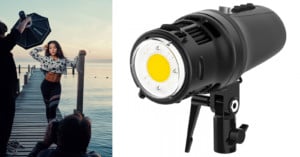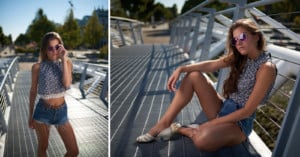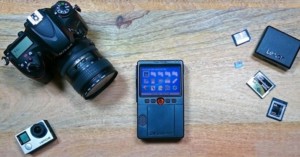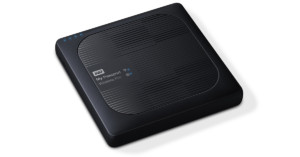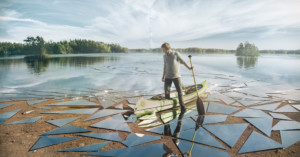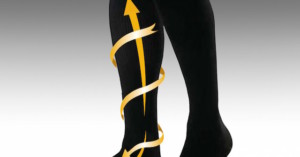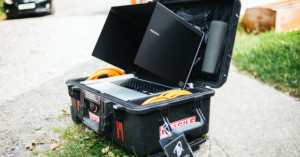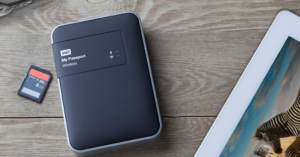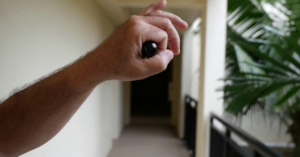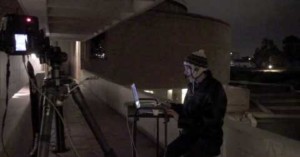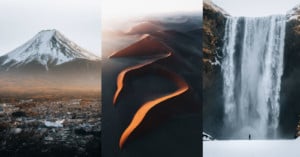
7 Tips for Photographing Dreamlike Landscapes
Luke Stackpoole is a London-based landscape photographer and Adobe Lightroom Ambassador who has traveled around the world in search of dramatic scenery. From the barren deserts of Namibia to the frigid seascapes of Iceland, Stackpoole has amassed a stunning portfolio that shows the world’s most dreamlike landscapes.
